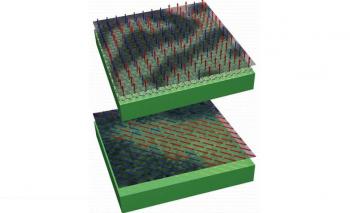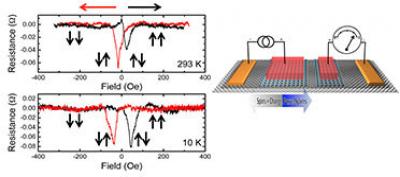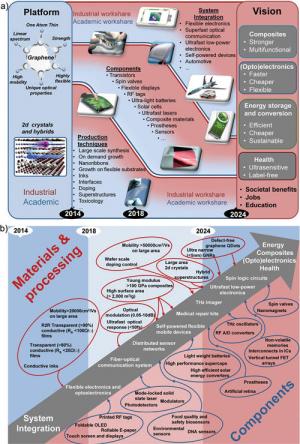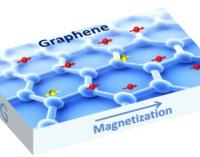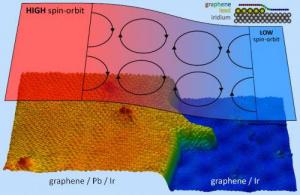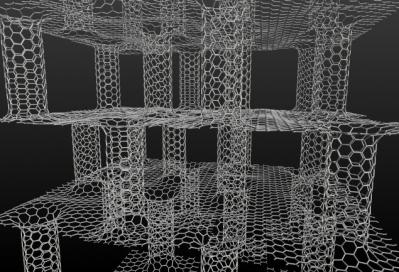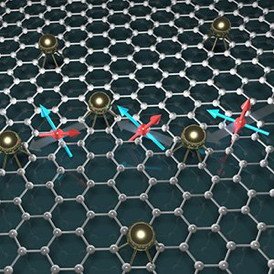GNRs with perfect zigzag edges produced from molecules for possible use in spintronics
Researchers from Empa, the Max Planck Institute in Mainz and the Technical University of Dresden have succeeded, for the first time, in producing graphene nanoribbons (GNRs) with perfect zigzag edges from molecules. Electrons on these zigzag edges exhibit different (and coupled) rotational directions (referred to as "spin"). This could make GNRs highly attractive for next-gen electronics, namely spintronics.
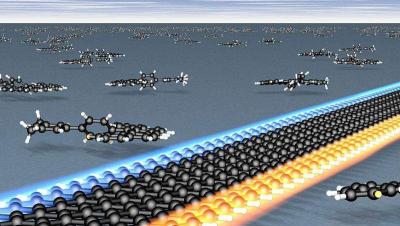
In their work, the research team describes how it managed to synthesize GNRs with perfectly zigzagged edges using suitable carbon precursor molecules and a perfected manufacturing process. The zigzags followed a very specific geometry along the longitudinal axis of the ribbons. This is an important step, because researchers can thus give graphene ribbons different properties via the geometry of the ribbons and especially via the structure of their edges.
